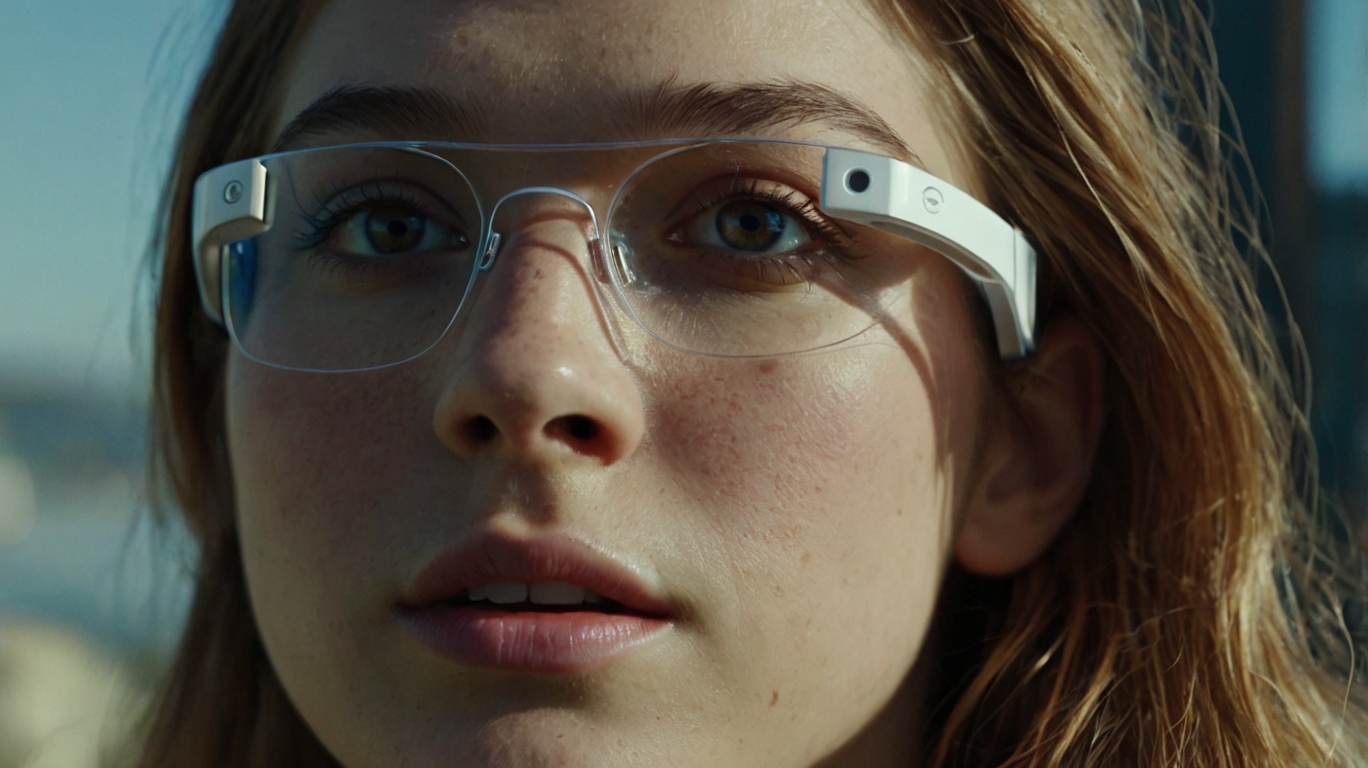In the fast-paced world of technological innovation, groundbreaking inventions often revolutionize our lives. However, not every idea becomes a success story. Some technologies, despite their creators’ best intentions, are simply useless. While these inventions may offer entertainment or head-scratching amusement, they serve as cautionary tales about innovation without practicality.
This article dives deep into the most useless technologies ever created, highlighting the most bizarre, poorly executed, and downright unnecessary gadgets that failed to leave a meaningful mark.
The USB Pet Rock
When the classic 1970s pet rock was reinvented as a USB gadget, expectations were low—and for good reason. Unlike its original form, the USB Pet Rock offered no new functionality. Plugging it into your computer did absolutely nothing. It was literally just a rock with a USB cable attached, making it a hilarious yet baffling attempt to modernize a novelty item.
Why it failed:
- Zero functionality.
- Purely a gag gift with no value beyond its humor.
Bluetooth-Enabled Toasters
Smart technology has taken over our homes, but not all appliances need to connect to your smartphone. The Bluetooth-enabled toaster is a prime example of tech overreach. While it sounds futuristic, setting your toasting preferences via an app proved far less convenient than simply pushing a button.
Why it failed:
- Overcomplicated design for a simple task.
- Increased cost with no tangible benefits.
The iPhone Cup Holder Mount
This gadget promised to secure your iPhone in your car’s cup holder. The problem? It was clunky, unreliable, and took up the one space most drivers actually needed—for their coffee! Alternative mounts that attached to dashboards or air vents were far more practical.
Why it failed:
- Poor design undermined its utility.
- Competing products offered better solutions.
PDA Umbrellas
Combining personal digital assistants (PDAs) with umbrellas seemed like an innovative idea in the early 2000s. In reality, it created an awkward, bulky product that nobody asked for. Rain-resistant touchscreens were unreliable, and the device added unnecessary weight to the umbrella.
Why it failed:
- Combined two unrelated technologies.
- Uncomfortable to use and expensive.
The Google Glass
Although initially hyped as a revolutionary wearable, Google Glass failed spectacularly. The glasses offered augmented reality features but suffered from a poor design, high cost, and significant privacy concerns. They quickly became the butt of jokes and were abandoned for consumer use.
Why it failed:
- Privacy concerns alienated potential users.
- Poor battery life and limited use cases.
The Banana Phone
Shaped like a literal banana, this Bluetooth handset aimed to bring humor to making calls. While the quirky design appealed to some, the gadget was ultimately a novelty with limited practicality. The fact that it was just an accessory for your smartphone made it redundant.
Why it failed:
- Functionally unnecessary.
- Appeal limited to niche audiences.
Lessons Learned from Useless Technologies
The history of these failed inventions teaches us several valuable lessons:
- Focus on solving real problems: A successful product addresses a specific need or improves convenience.
- Don’t overcomplicate: Adding unnecessary technology can alienate users.
- Listen to your audience: Understanding consumer needs is crucial for innovation.
- Avoid gimmicks: Novelty items rarely succeed in the long term.
Conclusion
While the most useless technologies often bring a good laugh, they also serve as reminders of the fine line between innovation and impracticality. Whether they failed due to poor design, lack of utility, or simply being too ahead of their time, these inventions show that even in failure, there are lessons to be learned.
The next time you see a bizarre gadget, remember: one person’s useless invention might just spark the next great idea.
Read more about technology here
Image credits https://leonardo.ai

